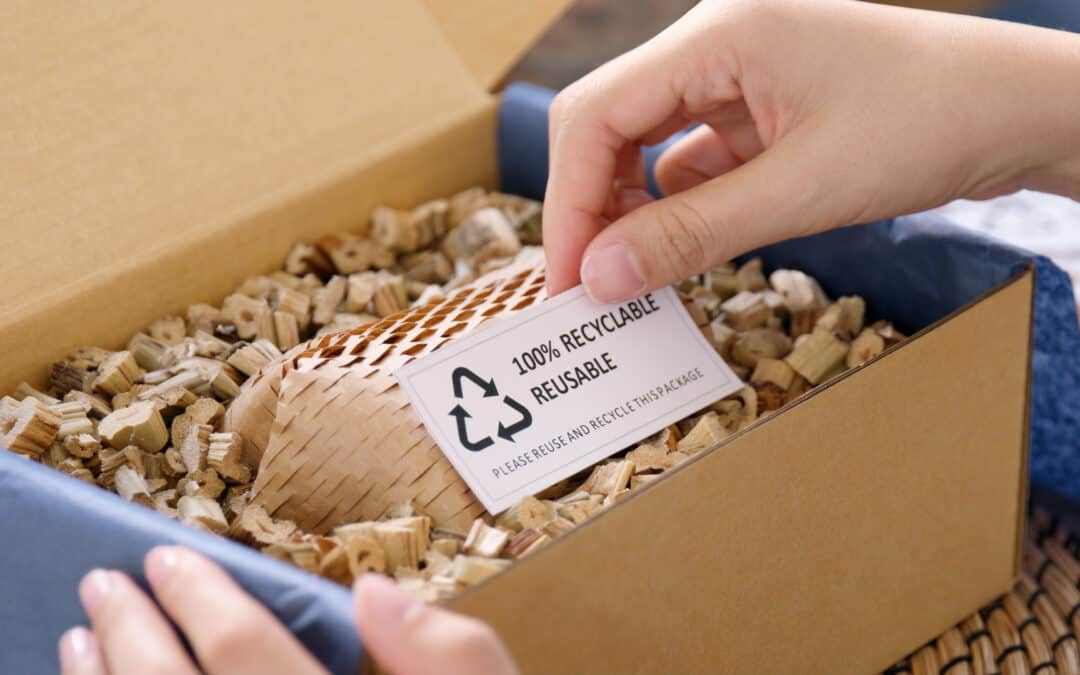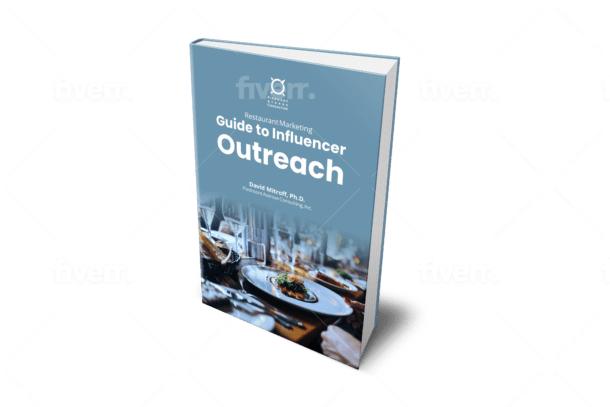In today’s world, businesses are increasingly recognizing the importance of sustainability, especially when it comes to packaging. Transitioning to sustainable packaging isn’t just beneficial for the environment; it can also enhance brand image and appeal to a growing demographic of eco-conscious consumers.
If you’re considering making this switch, you’re on the right path. Here are the top tips for transitioning to sustainable packaging:
- Know Your Current Packaging Footprint
Before considering eco packaging and making any changes, it’s essential to assess where you currently stand. Analyze your existing packaging. What materials are you using? How recyclable are they?
Understanding your current footprint is crucial for setting realistic goals and identifying areas for improvement. This assessment lays the groundwork for a more sustainable approach.
- Research Sustainable Materials
The heart of sustainable packaging lies in the materials used. Regardless of your needs, look for materials that reduce environmental impact and maintain product integrity. Here are some options to consider:
- Biodegradable Plastics: These can decompose faster than traditional plastics but typically need industrial composting to do so effectively. Without proper facilities, they may not break down as intended.
- Recycled Paper And Cardboard: Using recycled fibers contributes to a circular economy. This choice significantly reduces the need for virgin materials and the impact of deforestation.
- Plant-Based Materials: Materials like cornstarch and mushroom packaging are gaining popularity. They offer a compostable solution and are often sourced from renewable resources.
- Glass And Aluminum: Both materials can be recycled indefinitely, but glass recycling is energy-intensive and less common. Moreover, glass’s heavier weight can increase transport emissions. Aluminum, on the other hand, is lighter and often recycled with greater energy efficiency. Choose wisely based on lifecycle and transport impacts.
Each sustainable product packaging material has its pros and cons, so it’s vital to find the one that best aligns with your business and brand values. Conducting a life cycle analysis on these materials can provide further insights into their overall sustainability.
- Consider The Product Lifecycle
Sustainable packaging requires a holistic view of the product’s lifecycle. Assess the environmental impact at each stage, from sourcing raw materials and manufacturing to the use phase, transportation, and final disposal.
Design packaging that minimizes environmental impact throughout its entire lifecycle, ensuring it can be easily recycled or composted, and consider the energy and resources required not just in disposal but also in production and distribution.
- Optimize Design For Sustainability
Optimizing your packaging design for sustainability goes beyond choosing eco-friendly materials. It’s about reducing the overall material use and creating designs that are both innovative and minimalistic.
Aim for designs that use fewer resources and generate less waste. For instance, if you’re packaging a small item, avoid an oversized box filled with unnecessary plastic fillers. Instead, use molded pulp inserts that cradle your product securely while being biodegradable.
Additionally, consider the packaging’s shape and size for shipping efficiency. Efficient designs can lead to reduced transportation emissions and costs. These help the environment by minimizing the packaging’s carbon footprint and optimizing storage and transportation resources.
- Engage With Suppliers
Your choice of suppliers can greatly influence your sustainability journey. Partner with suppliers who share your commitment to the environment. Look for those with sustainable practices in place, including their sourcing methods, production processes, and even their supply chain logistics.
Working closely with suppliers prioritizing sustainability can lead to innovative packaging solutions that align with your environmental goals. Collaborating with the right partners ensures a more seamless and effective transition to sustainable packaging, and it also can inspire industry-wide changes as you collectively push for higher eco-friendly standards.
- Educate Your Customers
Inform your customers about the positive impact of their purchase decisions in building a sustainable future. Inform them about the changes you’re making and the advantages of sustainable packaging.
Clarify how these choices contribute to a healthier planet and guide them on how they can repurpose or recycle the packaging. This open communication builds trust and fosters loyalty, inspiring customers to opt for more eco-friendly options. Additionally, it shows your appreciation for their participation in a broader movement, cultivating a community bonded by the mutual values of sustainability.
- Measure The Impact
Measuring the environmental impact of your new packaging is key to understanding your progress. Track metrics such as reduced carbon footprint or the amount of recycled material used. Analyzing these metrics allows you to make data-driven decisions to enhance your packaging strategies further.
Sharing these positive statistics with your customers can also reinforce your brand’s commitment to sustainability and inspire industry-wide change. These measurements help fine-tune your approach and provide tangible data to share with your stakeholders, bolstering your sustainability narrative.
- Plan For Cost Implications
While transitioning to sustainable packaging may incur higher initial costs, these expenses should be viewed as an investment in your brand’s future and environmental responsibility. It’s possible that as sustainable solutions become more widely adopted, economies of scale could lead to reduced costs.
However, this is not guaranteed, and businesses should prepare for various cost scenarios. The long-term benefits, such as potential regulatory compliance, customer loyalty, and an enhanced brand reputation, can justify the investment and may provide a competitive edge.
Conclusion
Switching to sustainable packaging significantly impacts your brand’s environmental footprint and reputation. By following the tips outlined, you’re not just contributing to a greener planet but also likely to see a positive impact on your bottom line. Remember, small changes add up to significant differences. So, start your transition today and be a part of the solution for a more sustainable future.








